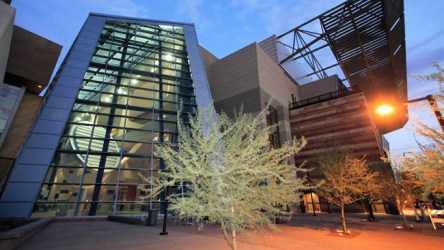Building design has taken a big leap forward in the past decade. There is more attention paid to sustainability and efficiency, and buildings are better integrated into their environments, which by default makes them more attractive than the box-like and sometimes fortress-style structures of the ‘70s and ‘80s. However, such efforts still have a long way to go, and building owners and developers need to play a much bigger role in how properties are designed in order to achieve the increased sustainability and efficiencies that will be demanded by tenants and even required by municipalities in the years to come. Indeed, engineering firm Syska Hennessy Group co-presidents Gary Brennen and Cyrus Izzo believe there needs to be a much more collaborative approach to development than tends to be the case today. The owner, design team, contractor and even facility operator tend to be “in various corners, kind of staking their claim and watching just their areas of interest,” noted Izzo. But ensuring the “right partner DNA,” aligning their interests from the beginning and sufficiently involving the owner/developer in the decision-making process is critical to what Brennen describes as “engineering the architecture.” “Sometimes you get trapped with the aesthetic, but performance matters in these kinds of high-performance, sustainable buildings,” he noted. Owners need to ask questions like: How is the building massed? How is it oriented? What’s the glass and daylight condition? How do I keep solar gain out but good daylight in? “You’ve got to tune the design from day one … and then continue to tune the building after you occupy it to get the kind of results you want.” That may require a 180-degree shift in thinking from the current tendency to check off the items needed to achieve a LEED rating....

